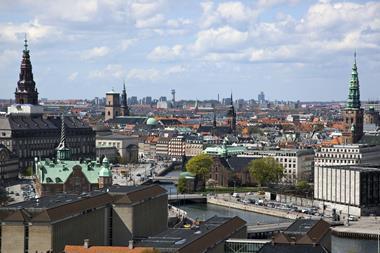Business volumes at Denmark’s biggest commercial pension fund PFA surged last year, with pension contributions rising 15% to DKK25.6bn (€3.4bn).
Releasing its 2013 annual report, the pension fund said the growth came both from existing customers as well as several new corporate clients.
Group total assets under management rose by DKK48bn to DKK417bn by the end of 2013.
Henrik Heideby, chief executive and head of the PFA Group, said: “We expect PFA to grow substantially in the coming years.”
In those years, increased competition and capital requirements in the pensions sector will place heavier demands on pension players’ IT service and advice offerings, he said.
This pressure will, in turn, lead to increased consolidation in the industry, he predicted.
Back in June, state enterprise DONG Energy switched to PFA as the pension provider for 5,000 of its employees.
Another big business win came in October from environmental firm Haldor Topsøe, with a pensions deal covering 1,500 staff, according to PFA’s annual report.
PFA’s group pre-tax profit was DKK306m in 2013, down from DKK860m.
The difference between the years narrowed after tax, at DKK225m for 2013 against DKK392m the year before.
The pension fund explained the decline in profits by saying it had not been possible to recognise the entire operational risk premium in 2013’s figures.
Customer capital (KundeKapital) – the funds that PFA, as a mutually owned company, has available for customer distribution – rose DKK1.7bn, or 9%, to DKK20.7bn.
Reporting investment returns, PFA said unit-linked pension products produced 9.6%, down from 12.6% in 2012.
For traditional with-profits plans, however, PFA said it produced a loss of 0.9% but added that this was supplemented with returns on customer capital, bringing it up to 2.9%.
PFA said a large part of traditional plan savings were invested in bonds and interest-rate hedging to back the guaranteed benefits.
The return was marked by rising interest rates in 2013 and therefore falling bond prices, even though this was offset by reductions in the present value of future obligations, it said.
Costs rose to DKK852 per customer in 2013 from DKK812 the year before, while solvency coverage rose to 240% from 210%.













No comments yet